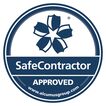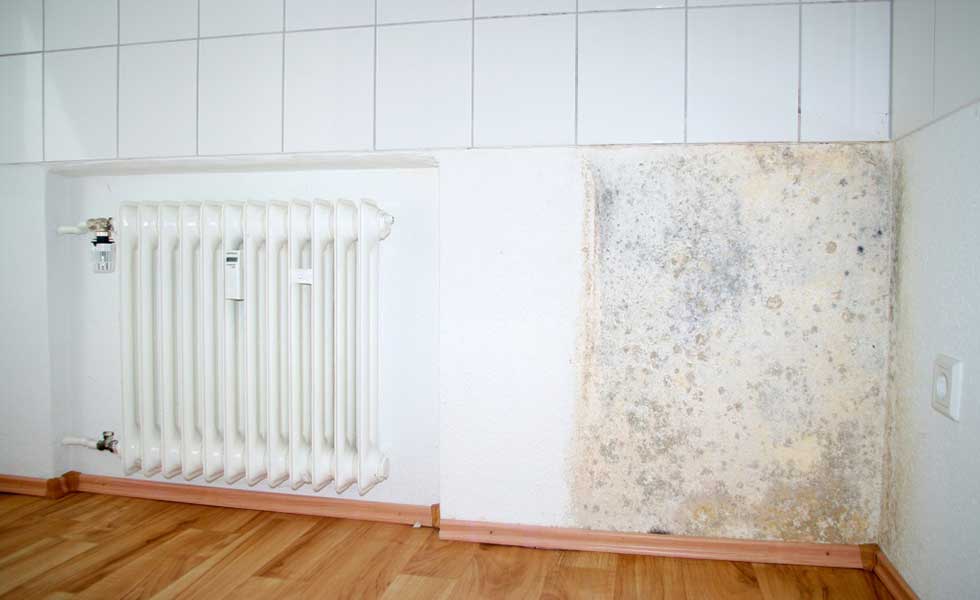
There’s nothing worse than the appearance of damp on your walls and the automatic instinct is to paint over them and cover it up. But that’s one of the worst things you can do because, within no time, you have bubbling and peeling paint, often with a free dose of mould involved.
In some situations, damp proof paint can be a good option but only as part of a wider solution to the problem. You need to understand why the walls are damp and what needs to be done to stop this before you touch any kind of paint product. Let’s walk through the process we follow in this situation for our customers.
Types of damp proof paint
There are actually three main types of damp proof paint that are used in different situations to handle damp walls:
Anti-condensation paint – these contain thermal performance materials that help to reduce wetness on walls and also to deter mould from growing when the cause of damp is condensation
Anti-mould paint – these contain fungicides which kill mould and also its spores, but they are a temporary solution, lasting at most five years before a new coat is needed
Waterproof paint – this stops damp from entering the interior, but the water can still build up behind it and cause damage as well as stop brickwork from ‘breathing’
What type of damp do you have?
The key to understanding which damp proof paint to use comes from understanding what type of damp you have. Damp is when unwanted moisture enters a building and there are lots of different forms including rising and penetrating damp and perhaps the most common form, condensation.
Damp can cause huge amounts of damage if left unchecked. It can rot the very timbers that hold the building together and damage other building materials. Bills to sort the problem can be into the thousands of pounds.
Condensation is different from other types of damp as it can happen occasionally without causing real problems. The issue is when it happens frequently and walls become wet, allowing things like mould to grow. People often deal with the symptoms of condensation without looking to see what is causing it and that’s why it often comes back.
For example, anti-condensation paint won’t stop the increased moisture levels in the air but helps improve the thermal performance of walls, so they are warmer and less likely to have damp problems. But this is only if the cold walls are the reason for the condensation. Plus, this type of paint won’t help if you have mould on the walls.
Dealing with the problem
While damp proof paints are excellent products and are definitely part of dealing with a damp problem, they are not a fix-it solution that handles the issue entirely. In most cases, condensation comes from poor ventilation and without handling that issue, the problem will keep coming back. That’s why measures to increase ventilation such as a PIV unit may be required.
A PIV or positive input ventilation unit creates a positive air pressure in a house. What this does is push out old, stale and damp air to replace it with dry, clean air. Costing just a few pennies a day to run, it can improve air quality and reduce condensation.
If the damp problem doesn’t come from condensation, then there is also the need to find the cause of the problem. There are many different possible causes for damp, but a couple of examples could include:
Rising damp – failed damp proof course allowing water to come up through brickwork and into internal areas of the house
Penetrating damp – cracked roof tile allow rainwater into the loft and causing damp
If the cause of your damp walls isn’t condensation, then you need to find out what it is and what needs to be done to remedy this before any painting is considered. This can be anything from adding a new liquid damp proof course to fixing the broken roof tile. The related symptoms of the damp will also need to be handled before painting is attempted.
While damp proof paints are excellent products, simply painting over the problem without dealing with the underlying cause will usually mean the problem simply comes back.
Getting help with damp
But how do you get help with damp? The answer is simple – you need to chat with damp proof experts who can carry out a survey of the house and find out what the problem is. Here are Tapco HomeDry, we work with properties of all ages and types to uncover the cause of damp and what is needed to solve the problem.
Give us a call today. We provide comprehensive, no-obligation damp surveys so that we can assess the problem and advise you on the best course of action.


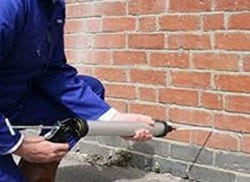 Damp Proofing
Damp Proofing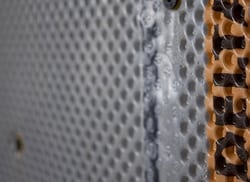 Basement Damp Proofing
Basement Damp Proofing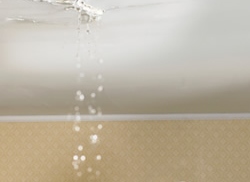 Water Damage
Water Damage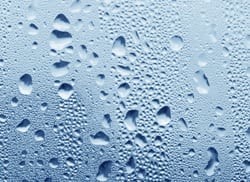 Condensation Control
Condensation Control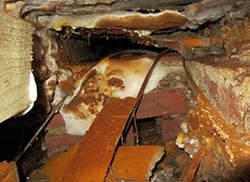 Dry Rot Treatment
Dry Rot Treatment WOODWORM & WET ROT
WOODWORM & WET ROT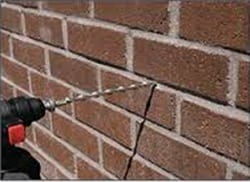 CAVITY Wall Ties
CAVITY Wall Ties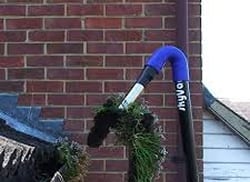 Property Maintenance
Property Maintenance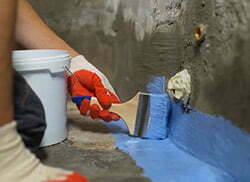 Waterproofing And Tanking
Waterproofing And Tanking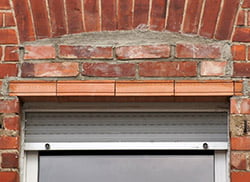 Structural Repairs
Structural Repairs



